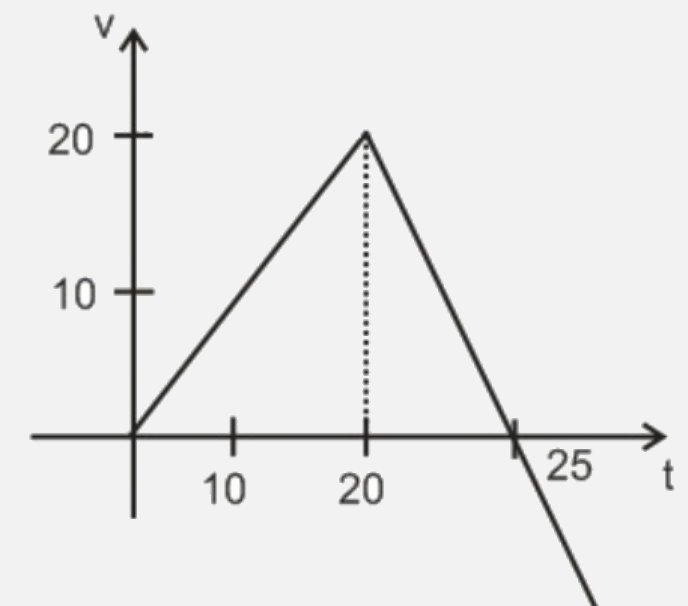While pushing a heavy box from one place to another in his house, Naresh noticed that it was difficult to take a stationary box from its resting position to moving position but it was easy to move that box with that speed. Why was it so?
Sliding friction is less than static friction
Static friction is less than sliding friction
The weight of the box decreases
None of the above
To understand why Naresh found it difficult to move a stationary box but easier to keep it moving, we can break down the explanation into clear steps:
1. Understanding Static and Kinetic Friction:
- When an object is at rest, it experiences static friction, which is the frictional force that needs to be overcome to start moving the object.
- Once the object is in motion, it experiences kinetic friction, which is usually less than static friction.
2. Applying Force to Move the Box:
- When Naresh tries to push the stationary box, he needs to apply a force that is greater than the static friction force to overcome the initial resistance. This is why it is difficult to start moving the box.
- The static friction force increases as he applies more force until it reaches a maximum value known as limiting friction.
3. Breaking the Interlocking:
- The surfaces of the box and the ground have rough textures that interlock when at rest. Naresh must apply enough force to break this interlocking.
- Once the applied force exceeds the static friction, the box begins to move, and the interlocking is broken.
4. Transition to Kinetic Friction:
- After the box starts moving, it transitions from static friction to kinetic friction. Kinetic friction is generally lower than static friction, making it easier to keep the box moving.
- Naresh now only needs to apply a smaller force to maintain the motion of the box.
5. Conclusion:
- In summary, the difficulty in moving the box from rest to motion is due to the higher static friction that must be overcome. Once in motion, the lower kinetic friction allows for easier movement.
- When an object is at rest, it experiences static friction, which is the frictional force that needs to be overcome to start moving the object.
- Once the object is in motion, it experiences kinetic friction, which is usually less than static friction.
- When Naresh tries to push the stationary box, he needs to apply a force that is greater than the static friction force to overcome the initial resistance. This is why it is difficult to start moving the box.
- The static friction force increases as he applies more force until it reaches a maximum value known as limiting friction.
- The surfaces of the box and the ground have rough textures that interlock when at rest. Naresh must apply enough force to break this interlocking.
- Once the applied force exceeds the static friction, the box begins to move, and the interlocking is broken.
- After the box starts moving, it transitions from static friction to kinetic friction. Kinetic friction is generally lower than static friction, making it easier to keep the box moving.
- Naresh now only needs to apply a smaller force to maintain the motion of the box.
- In summary, the difficulty in moving the box from rest to motion is due to the higher static friction that must be overcome. Once in motion, the lower kinetic friction allows for easier movement.
Topper's Solved these Questions
Similar Questions
Knowledge Check
To move the text from its original position to another position without deleting it is called:-
AScrollingBSeachingCMovingDCopyingIt takes 1 s for the bob to moves from one extreme position to other extreme postion. Then the time period of the pendulum is ______ s.
A1B2 hC3D4It takes 1 s for the bob to moves from one extreme position to other extreme postion. Then the time period of the pendulum is ______ s.
A1B2hC3D4
Explain why nomadic tribes need to move from one place to another. What are the advantages to the environment of this continuous movement?
View SolutionIf 500 sound waves are produced in one minute, then find the time taken by a vibrating particle to move from its mean position to the immediate rarefactions
View SolutionIf 500 sound waves are produced in one minute, then find the time taken by a vibrating particle to move from its mean position to the immediate rarefactions
View SolutionThe figure shows the v−t graph of a particle moving in a straight line. Starting from rest, the time after which the particle returns to its starting position is

View SolutionA small body is initially at a distance r from the centre of earth. r is greater than the radius of the earth. If it takes W joule of work to move the body from this position to another position at a distance 2r measured from the centre of earth, how many joule would be required to move it from this position to a new position at a distance of 3r from the centre of the earth.
View Solution
